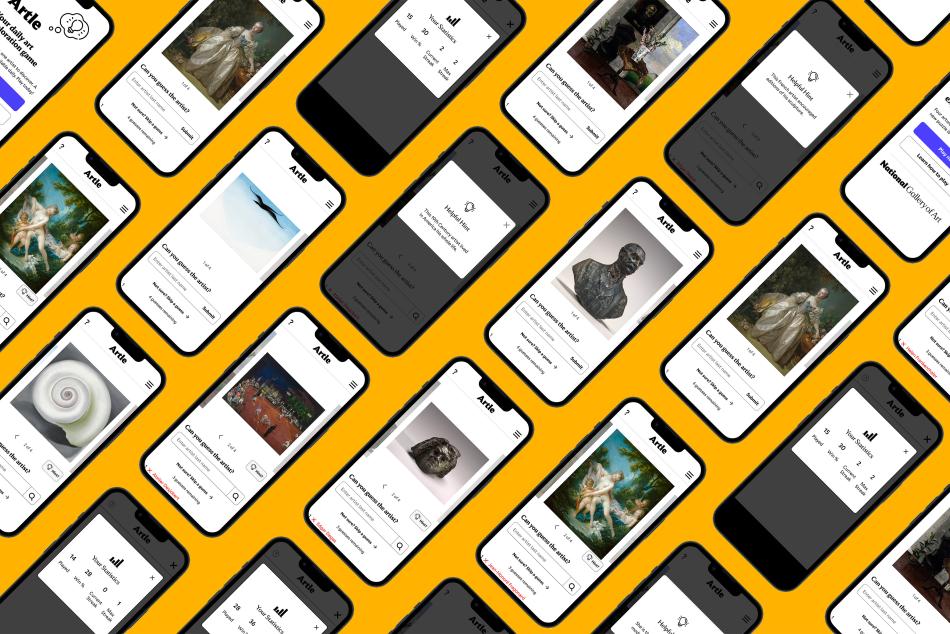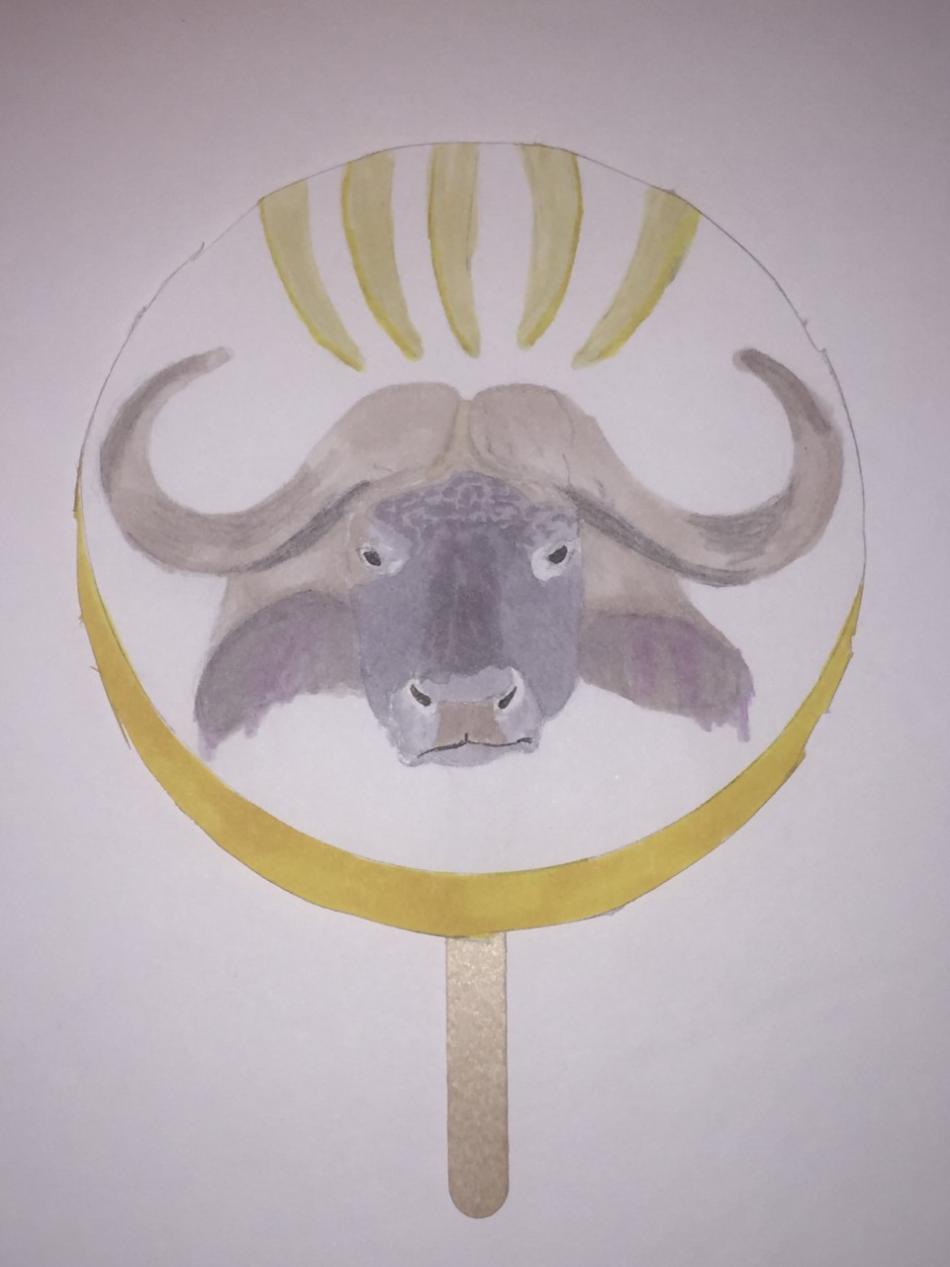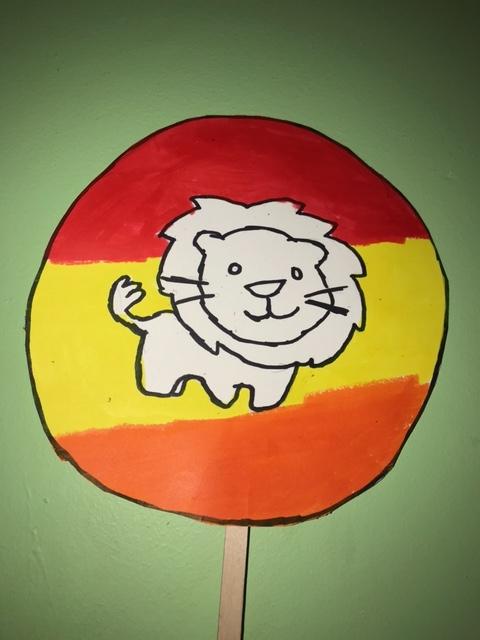Raphael was an Italian artist who painted all types of things, from portraits to huge murals of scenes from popular myths. In this artwork, Raphael paints the legend of Saint George as a knight who fights a dragon. A princess named Cleo watches in the background, hoping her town will be safe from the dragon.

Language
Look
Zoom in on one section of the painting and look closely. What details do you notice in your section?
What words would you use to describe the dragon? The horse?
Imagine this painting is a scene in a story. What might happen next? What came before this moment in the story?
If you could add details to this painting, what would you add? Why?
What one word would you use to describe this painting?
Read
Dragons Love Tacos (Spanish language version: Dragones y tacos)
by Adam Rubin and Daniel Salmieri
Dragons love all kinds of tacos - except for spicy ones.
St. George and the Dragon
by Margaret Hodges and Trina Schart Hyman
This book tells the story of George the knight, who slays a dragon and brings peace to his country.
Make: Create a "courage" mask
You Will Need
- Heavyweight paper
- Popsicle sticks
- Crayons or colored pencils
- Glue
Think about a time when you felt afraid of something. Everybody has moments when they need to face something scary! Now imagine you could turn into an animal that would make it easier to face your fear. What would that animal be? What about that animal seems brave to you?
Draw a large circle, about the size of your face, on a piece of paper. In the circle, draw your brave animal. Remember to add details that you think are important about that animal. When you’re finished with your drawing, cut out the large circle. Glue a popsicle stick on the back so you can hold the mask up to your face.
Vocab Bank
- courage
- legend
- myth
- portrait
Download
Art Tales: Coloring and Cut-Outs booklet (PDF, 3.5 MB)
Art Tales for Pre-K (PDF, 7.2 MB)
Primeros Pasos En El Arte (PDF, 7.5 MB)
Primeros Pasos En El Arte: Colorear y Recortes (PDF, 3.7 MB)
An Eye for Art: Raphael teaching resource (PDF, 9.4 MB)
Visit
Register for the Art Tales pre-K school tour
Submit Student Work
Send images of your students' projects that follow these activities - email classroom@nga.gov
You may also like

Educational Resource: Art Starters: Joan Miró
A lesson for preschool to kindergarten students about artist Joan Miró’s painting The Farm. Students learn how to look at this painting, what you can read to learn more, how to create a collage, and a list of vocabulary terms related to this activity.

Educational Resource: Art Starters: Claude Monet
A lesson for preschool to kindergarten students about artist Claude Monet’s painting The Artist's Garden at Vétheuil. Students learn how to look at this painting, what you can read to learn more, how to draw a garden, and a list of vocabulary terms related to this activity.

Educational Resource: Art Tales: Alma Thomas
A lesson for preschool to kindergarten students about artist Alma Thomas’ painting Pansies in Washington. Students learn how to look at this painting, what you can read to learn more, how to create a color square, and a list of vocabulary terms related to this activity.




